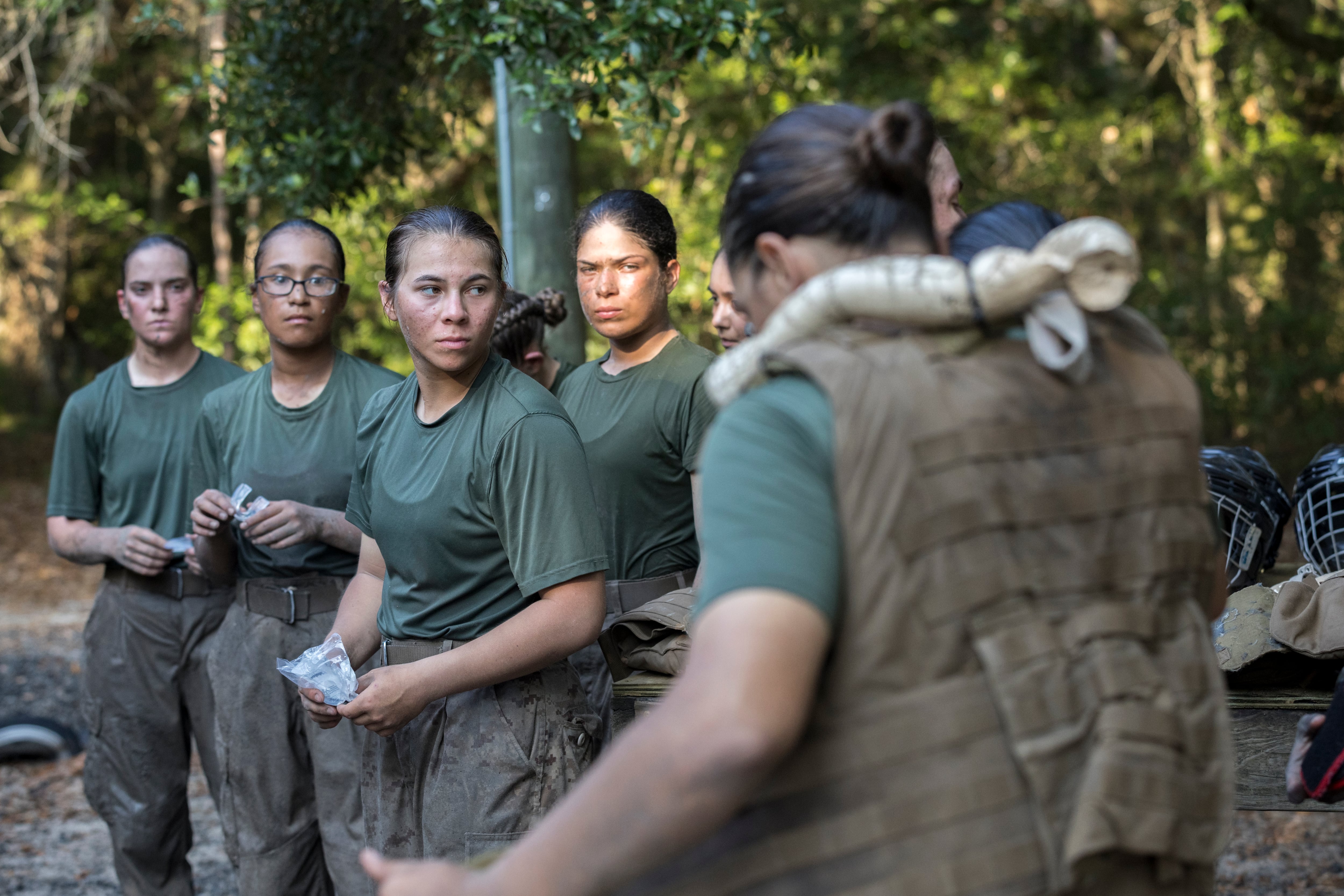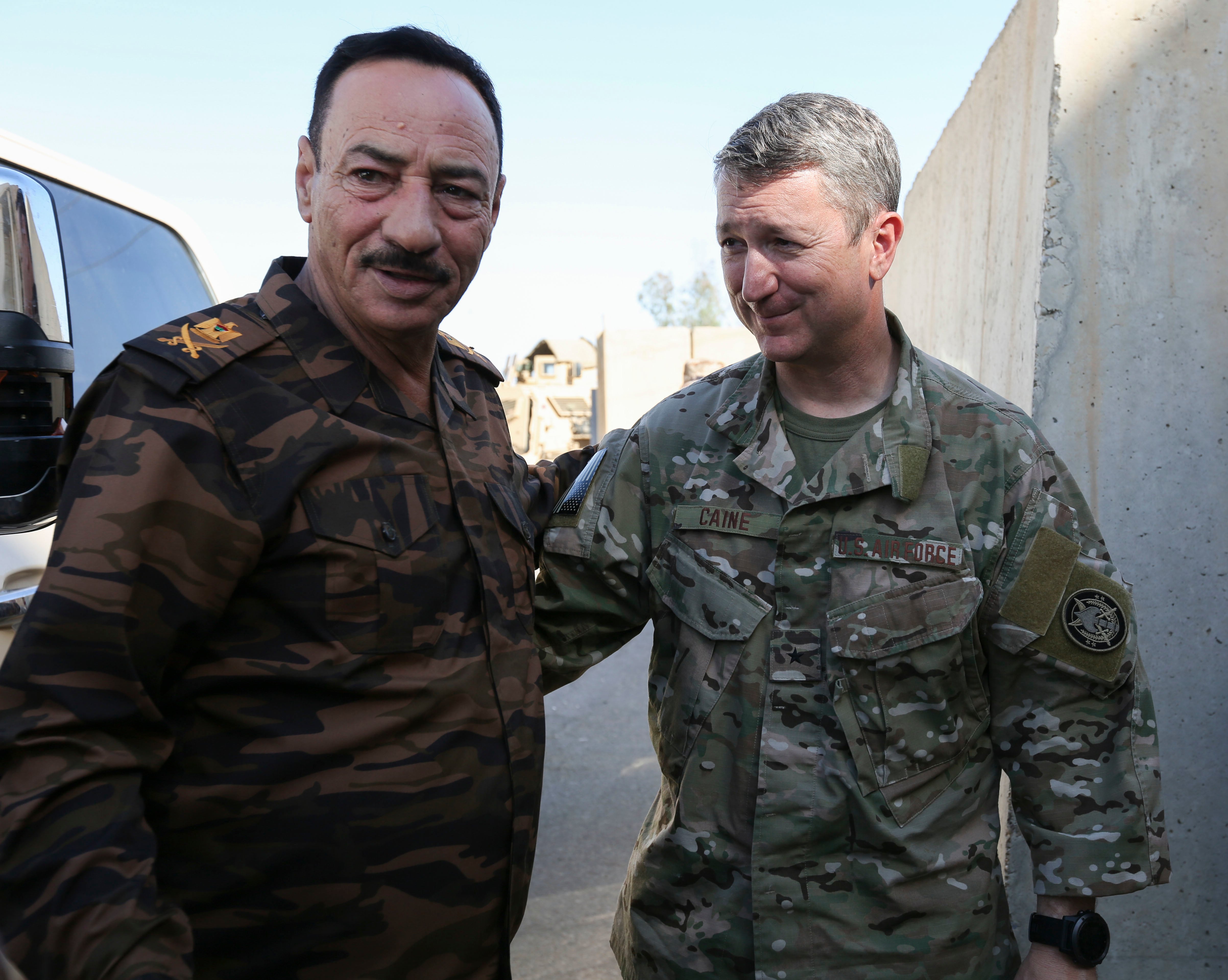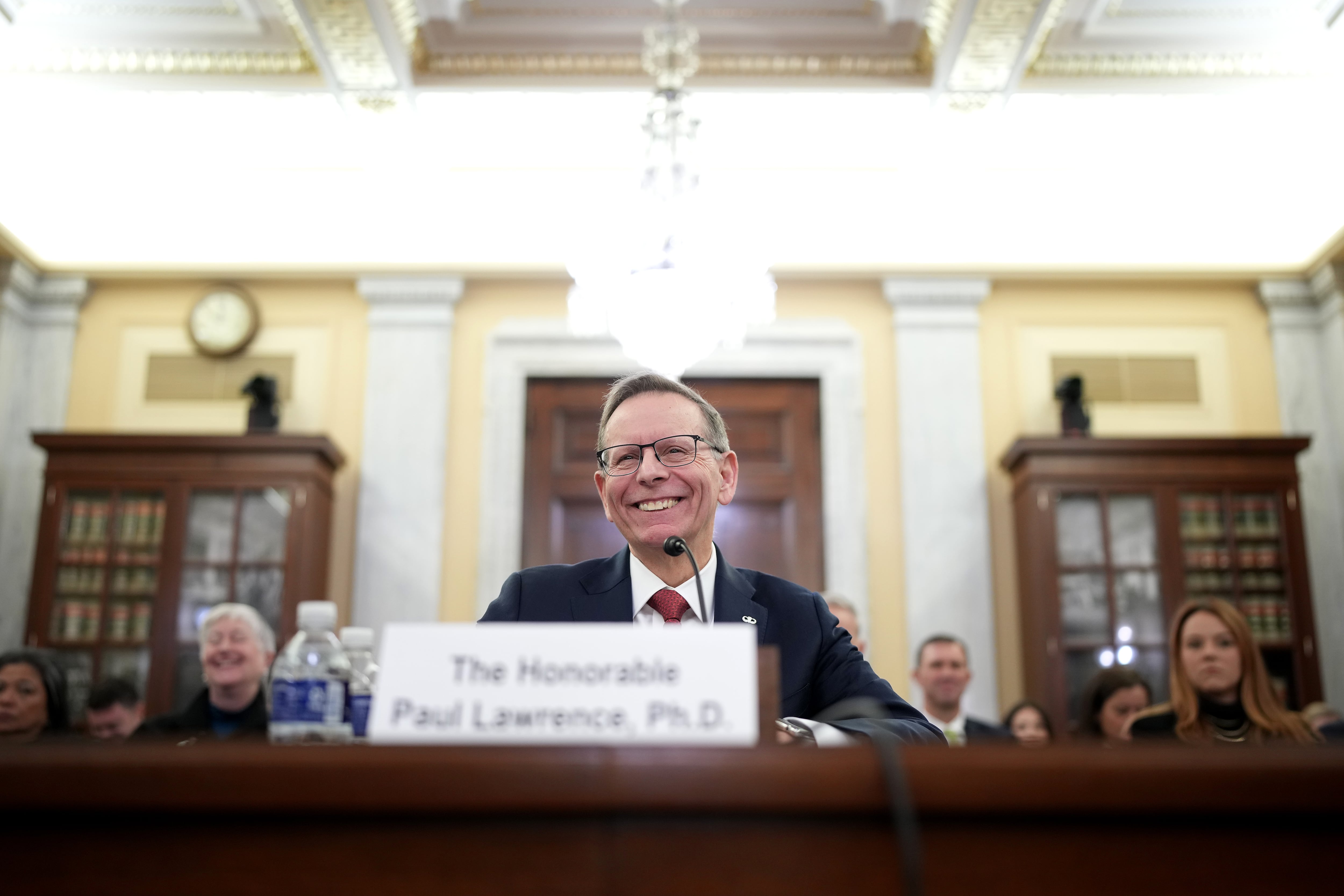Cast your gaze across the faces of U.S. Air Force servicewomen in the days after Feb. 10, 2021, and you cannot help but notice the joyous reaction to the recent policy change in hair standards for women. For the first time in the seventy years that women have served in the Air Force, the service modernized its hair standards requirements for female service members. Chief among the changes is the allowance for female airmen to wear their hair in a ponytail, braid, or two braids rather than restricting long hair in tight buns.
The purpose behind this monumental update is not cosmetic, nor is the change a harbinger of a feminized military. Rather, this policy update reflects the detrimental operational and medical impacts of the previous hair standards. Hair buns prevent the safe fit of helmets for female pilots, aircrew, and other operators. Gas masks do not seal properly over female service members’ faces since hair buns interfere with the mask straps. Female service members often experience persistent migraines and even hair loss due to sustained wear of their hair in tight buns, with the latter issue disproportionately impacting female service members of color due to varying hair textures.
In addition to accommodating these operational and medical impacts, the new hair policies create a more inclusive environment for female service members. Recent hair standards changes across the Air Force and other services mark a critical juncture in our nation’s trajectory of female military service: the disruption of imposed homogenization replaced by the celebration of diversity within the military. Previous hair standards masculinized women to fit the mold of a standard (male) military member by requiring them to look like men to the greatest extent possible. Uniformity has an important functional purpose in bolstering the military’s operational mission, but no one should have to choose between their identity and their nation when volunteering military service. As one U.S. Air Force Academy cadet told me recently, “now I feel like myself when in uniform.”
The results of this and other standards changes for female service members are monumental achievements, as evidenced by President Biden’s recent remarks on International Women’s Day. Emerging efforts across the Department of Defense reflect the growing recognition that diversity and inclusion are necessary to the success of the military’s mission and U.S. national security, and updating hair standards for female service members is a significant step towards this effort. Yet it is easy to focus solely on the results of diversity initiatives while failing to examine the painstaking, process-oriented work that generates this institutional change.
Therein lies the problem: ignoring the labor that advances diversity and inclusion efforts within institutions renders that work invisible, thus erasing the effort, advocacy, and alliance-building necessary to enact institutional change from within. If individuals and groups can harness the processes that led to successful transformation within institutions, they can employ those mechanisms to promote continued advancements of diversity and inclusion. Just as you can’t be what you can’t see, changing an institution from within becomes easier and more effective when you have a plan to follow.
“The labor required to effect hair policy change was research, data, knowledge of processes and policy, individuals willing to commit to the cause, leadership support, and persistence” says Maj. Alea Nadeem, U.S. Air Force reservist and team chief of the Air Force Women’s Initiatives Team, the group responsible for bringing the Air Force hair standards change to fruition. We must recognize Major Nadeem and the team who volunteered for years to create and implement change within the Air Force, since the process is as important as the result. While the presence of diversity within institutions is one essential step towards building inclusive environments, the change agents within the institution are the key to lasting change.
Of course, celebrating the leaders who transform institutions from within must acknowledge the costs they pay. “Due to the Women’s Initiatives Team being all volunteers, all the work involved depended on airmen being willing to honcho these extra duties in addition to their full time duties,” says Major Nadeem. “Not only did we spend hours on this, but some of us also had to expend political capital. I recognize that in order to make change, sacrifices have to be made. I will leave the Air Force better than I found it and I only have so much time to do that, so I would rather be worn out and make change in the Air Force than complain about it.”
The exhaustion Major Nadeem feels is understandable. Institutions function to constrain behavior, and change agents aiming to diversify institutions must expend considerable labor that often goes unseen within existing power structures. For example, an extensive body of sociological and feminist research on the invisibility of women’s work points to established trends within Western institutions and global markets that ignore or devalue the labor of non-monetized tasks. Even when working within formal economies, women and other minorities often face systemic barriers to achieving full recognition of their contributions. Harvard Business Review’s Women at Work podcast addresses the litany of challenges women experience in the formal workforce, from the second shift of reproductive labor to the dynamics of minority representation within homogenous work environments. Within this repressive framework, recognizing and championing the labor individuals undertake to dismantle institutions’ discriminatory barriers offers not only a moral imperative but also a functional roadmap for advancing diversity and inclusion initiatives more broadly.
The Air Force’s hair standards update does not solve all disparities in the military, but this success story establishes a critical benchmark for improving diversity from within an institution. Championing the years of process-driven effort, advocacy, and alliance-building labor undertaken by the Air Force Women’s Initiatives Team will enable other change agents to use their model when tackling institutional barriers to diversity. In the words of Major Nadeem, “change in an institution is hard, but not impossible. The biggest lesson I’ve learned is to initiate the process, move it through the institution, and don’t just talk about it — action it.”
Kelly Atkinson is assistant professor of political science at the U.S. Air Force Academy. She is a major in the U.S. Air Force and a career intelligence officer. An alumna of the chief of staff of the Air Force Strategic Ph.D. program, she holds a Ph.D. in political science and women’s studies from the Ohio State University. Kelly is married to fellow Air Force officer Andrew Atkinson and they have two incredible children, Jamie and Bridget. LinkedIn.
The views expressed here are the authors’ alone and do not necessarily reflect those of the U.S. government or any part thereof. PA#: USAFA-DF-2021-42.









